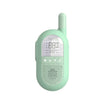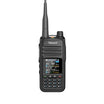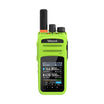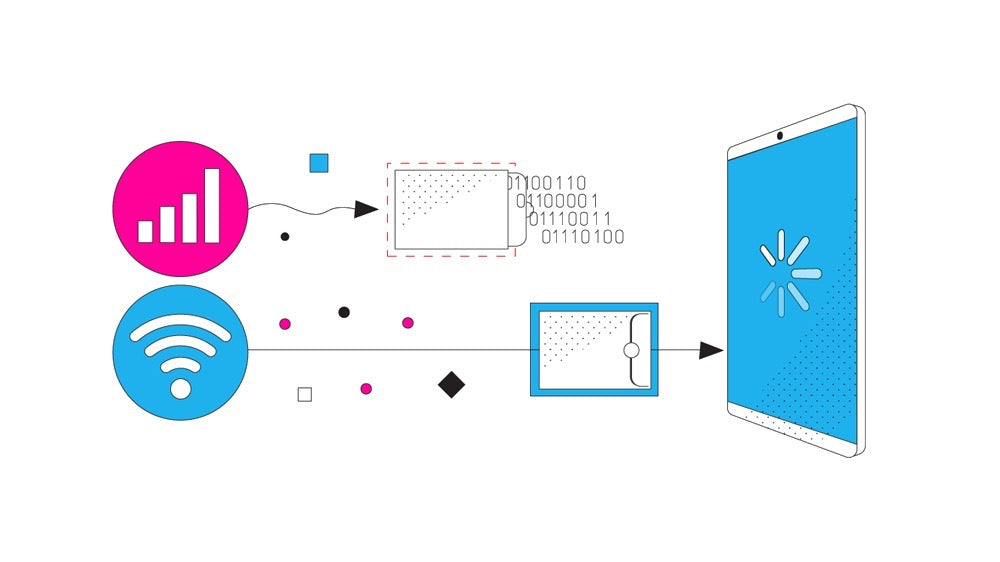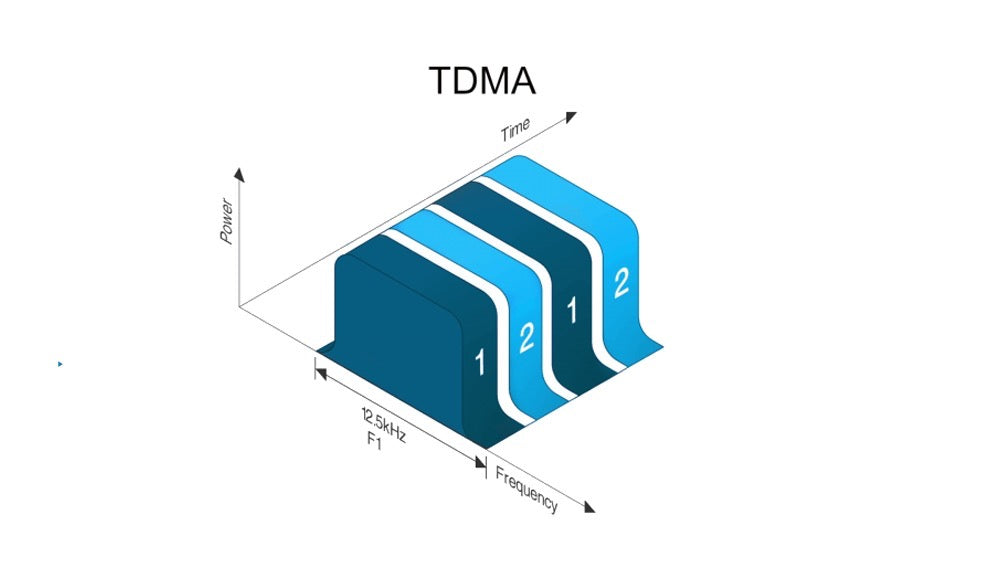In the realm of digital communications, ensuring the accurate transmission of data is paramount. One innovative technique that significantly boosts the reliability of data transmission is Forward Error Correction (FEC). This method involves the sender adding extra redundant data to the original message, a process akin to packing a parcel with extra padding to protect against potential damage during shipping.
The magic of FEC lies in its ability to allow the receiver to detect and correct any errors in the message, without needing to request additional data from the sender. This feature is particularly beneficial in environments where retransmissions can be costly or impractical, such as in satellite communications or live streaming services, where delays or interruptions can degrade the user experience.
FEC works by using sophisticated algorithms to generate the redundant data, which is then interwoven with the original message. If part of the message gets corrupted during transmission, the receiver can use this redundant data to identify and fix the errors, often without the user even noticing that a problem occurred.
The impact of FEC on the world of digital communication is profound. It enhances the efficiency and reliability of data transmission, especially over long distances or through mediums prone to interference and noise. FEC is a cornerstone technology in modern digital communication standards, including cellular networks, satellite communications, and digital television broadcasting, ensuring that the data, be it a phone call, a live TV broadcast, or internet data, arrives intact and as intended.
In conclusion, Forward Error Correction represents a critical advancement in digital communication technology, providing an essential layer of reliability and efficiency in our increasingly connected world.





